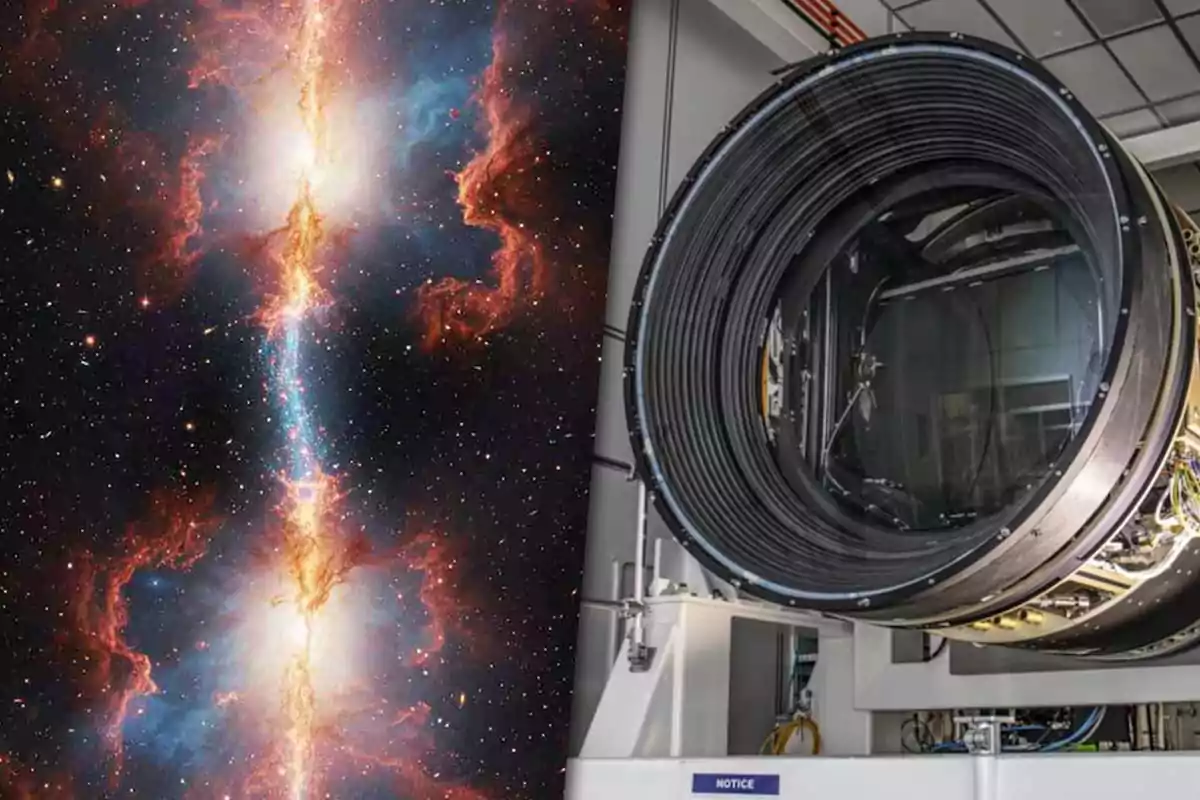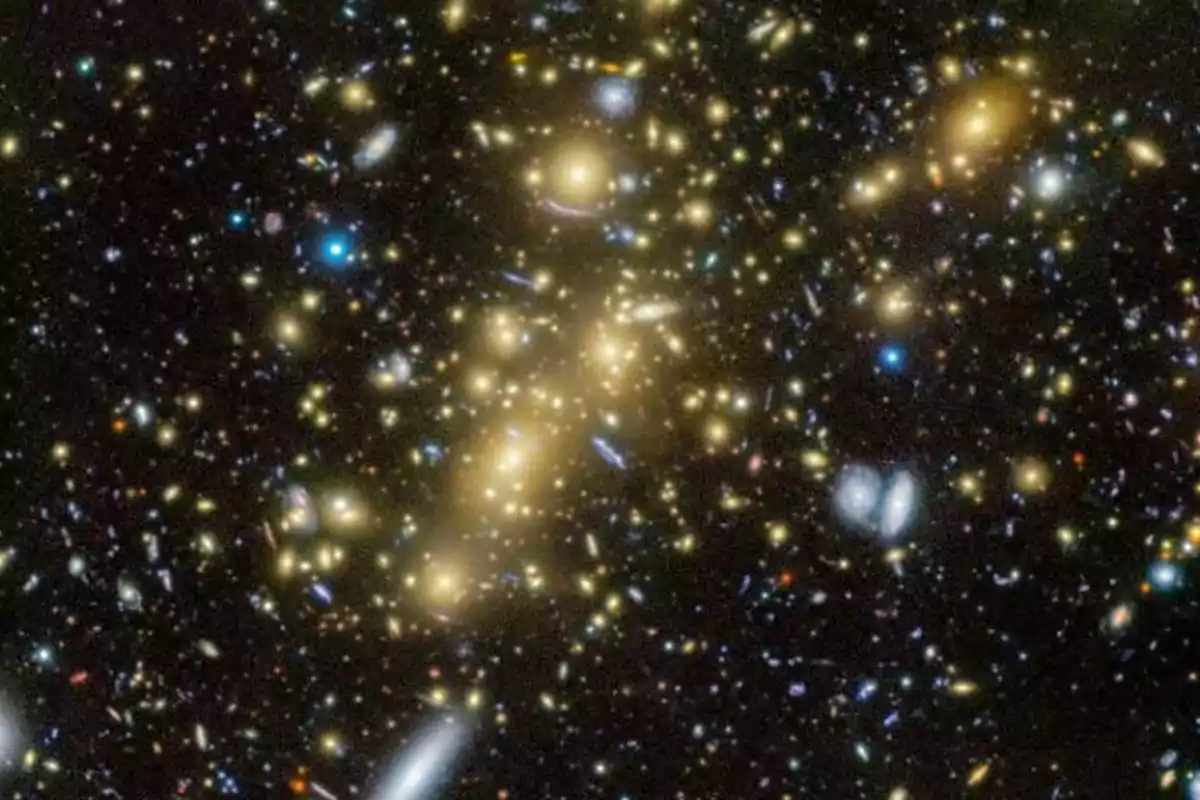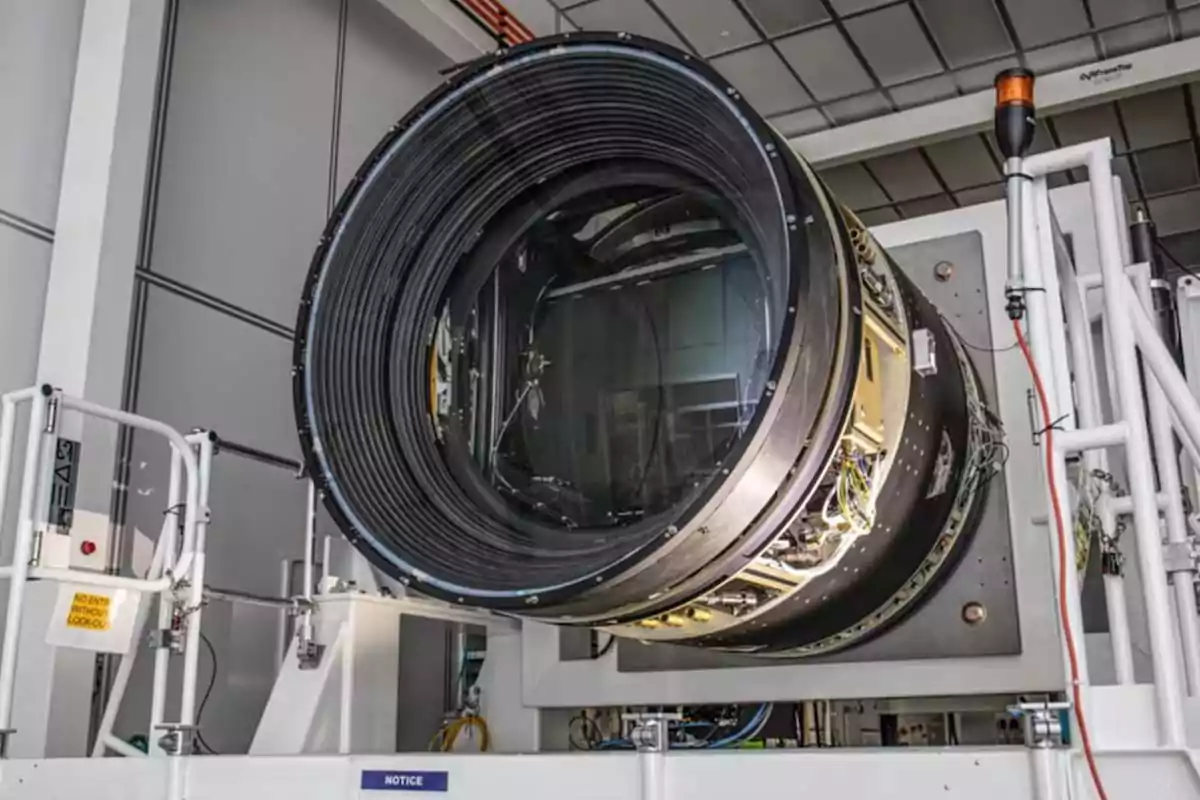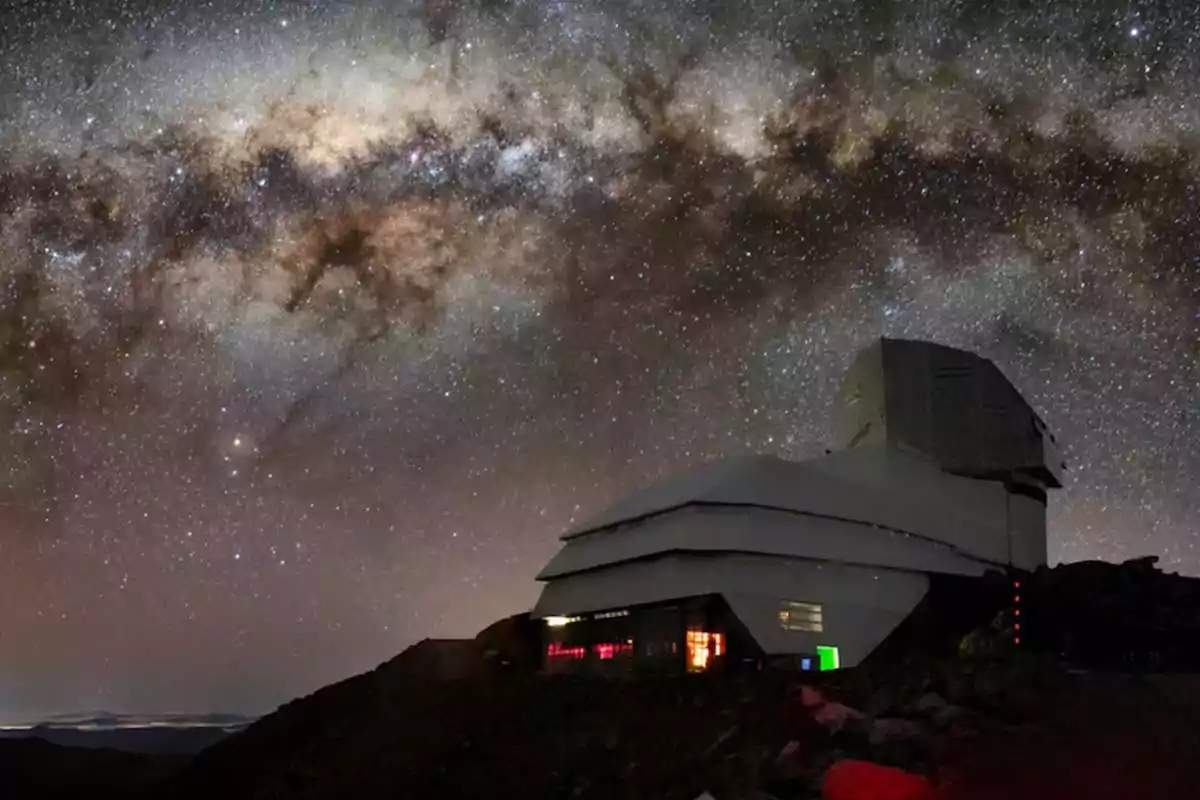
A bridge of stars has been discovered between two galaxies 700 million light-years away
A bridge of stars connecting two galaxies has been detected, revealing details about visible and dark matter
A group of scientists has detected a stellar bridge connecting two galaxies in the Abell 3667 cluster, located 700 million light-years away. The structure, which measures one million light-years, is made up of stars that became "wandering" after extreme gravitational interactions.
This discovery is key to studying the dynamics of visible and dark matter in large top-tier systems and understanding how these enormous clusters evolve.

The stellar bridge and its origin
The observation emerged after combining 28 hours of data taken with the Dark Energy Camera at the Cerro Tololo Observatory, Chile. Astronomer Anthony Englert, leader of the study, stated that a structure like this had never been detected before in a nearby cluster.
The bridge is part of the so-called intracluster light (ICL), a diffuse glow caused by stars that were stripped from their original galaxies. This happened during the merger of two top-tier clusters about one billion years ago.
A phenomenon that reveals dark matter
Intracluster light acts as a tracer of dark matter, which accounts for 80% of the universe's mass but can't be detected directly. According to Ian Dell’Antonio, coauthor of the study, the distribution of this light reflects the location of that invisible mass.

Thus, the bridge not only shows a visual phenomenon but also serves as a cosmic map to understand how dark matter influences top-tier movement.
The main galaxies and the evolution of the cluster
The bridge connects the two brightest galaxies in the cluster, known as BCG1 and BCG2. It is believed to be a remnant of an encounter between them, where gravity pulled stars from one to the other without merging them.

At one end is the lenticular galaxy IC 4965, and at the other, JO171, nicknamed "jellyfish galaxy" because of its gaseous filaments. The latter is losing gas due to the pressure of the intracluster medium, which affects the formation of new stars.
The future of the study of these phenomena
- The Vera C. Rubin Observatory will begin operations at the end of 2025 with a project that will revolutionize the study of intracluster light.
- Its digital camera will make it possible to detect more stellar bridges and study their composition and origin in detail.
- The catalog of similar structures in nearby and distant clusters is expected to expand.
More posts: